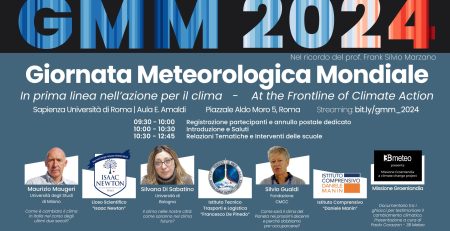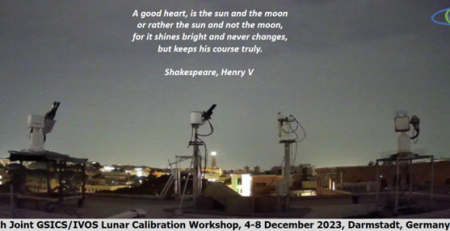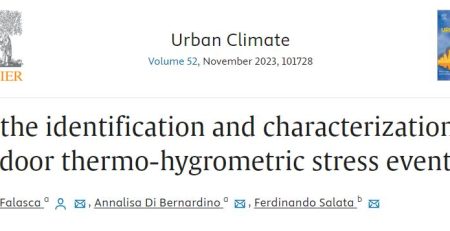Investigating the effects of the greenery increase on air temperature, ventilation and cooling energy demand in Melbourne with the Weather Research and Forecasting model and Local Climate Zones
Vegetation has a well-known potential for mitigating urban overheating. This work aims to explore the effects of enhancing urban greenery in Melbourne (Australia) through a configuration of the Weather Research and Forecasting (WRF) model including the Building Effect Parameterization and the Local Climate Zones and presents novelties in: i) covering two-months and ii) focusing on air circulation and buildings cooling energy demand through the ventilation coefficient (VC) and the cooling degree hours (CDHs). A control case and two “what-if” scenarios with a growing green coverage equal to 35 % (control case), 50 % (modest increase) and 60 % (robust increase) have been designed and then simulated for January and February 2019. Outcomes reveal a maximum drop in 2 m temperature of approximately 0.4 °C and 0.8 °C at 14:00 LT for the modest and robust green increase scenario, respectively. The urban-rural energy surplus for cooling buildings is reduced and even counterbalanced. Peak CDHs decrease from 143 °C·h of the control case to 135 °C·h (modest increase) and 126 °C·h (robust increase), while they measure 137 °C·h in the non-urban areas. Average wind speed increases by 0.8 m/s (equal to 22 % with respect to the control case). Furthermore, adding urban greenery has an unfavorable implication on VC (maximum reduction of 500 m2s−1) with a consequent deterioration of the transport and dispersion of pollutants. Middle- and high-density classes are touched more than low-density by the VC reduction. In addition, the benefits of enhancing urban greenery concern physiologically and psychologically the quality of life of the dwellers.

















